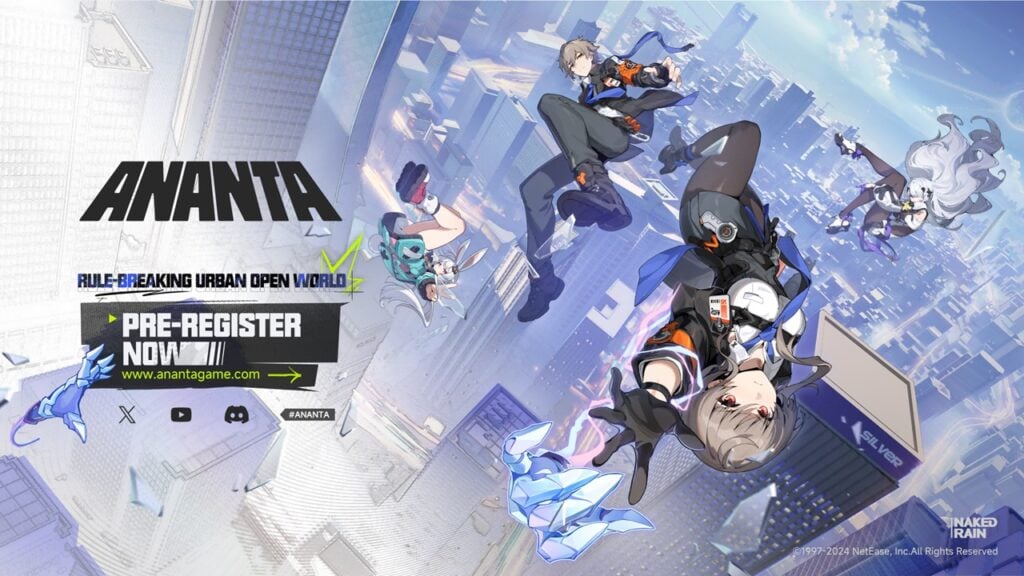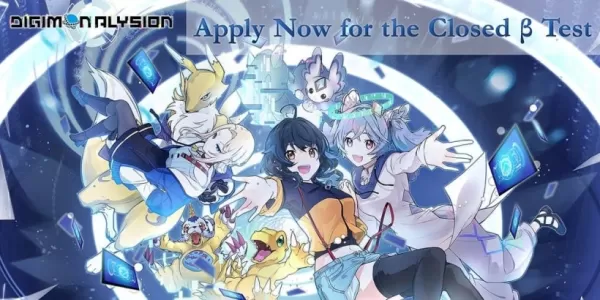Monster Hunter Wilds Interview: Meet Nu Udra, Apex of the Oilwell Basin – IGN First
From arid deserts and lush forests to fiery volcanoes and icy tundras, the *Monster Hunter* series boasts a breathtaking array of environments, each teeming with unique ecosystems and a diverse cast of monsters. Exploring these uncharted worlds, traversing their landscapes in pursuit of your quarry, is a core pleasure of the *Monster Hunter* experience.
This holds true for *Monster Hunter Wilds*, the latest installment. Following the Windward Plains and Scarlet Forest, hunters will venture into the challenging Oilwell Basin, a land scarred by flames and oilsilt. Here, they'll navigate treacherous terrain, encountering viscous oil slicks and raging magma flows. Despite its seemingly barren landscape, closer inspection reveals a surprising abundance of life: small creatures wriggle in the mire, and remnants of an ancient civilization dot the landscape.
Yuya Tokuda, director of both *Monster Hunter: World* and *Monster Hunter Wilds*, sheds light on the Oilwell Basin's design:
"During the Fallow, the Oilwell Basin is a place saturated with mud and oil. The Inclemency, known as the Firespring, burns away the oilsilt, and during periods of Plenty, the burned oil and soot vanish, revealing underlying minerals, microorganisms, and the original colors of hidden man-made artifacts," he explains.
Down in the Muck
We delve deeper into the Oilwell Basin's conceptualization with Kaname Fujioka, director of the first *Monster Hunter* game and executive director/art director for *Wilds*:"With the Windward Plains and Scarlet Forest offering expansive horizontal landscapes, we decided to create a vertically interconnected environment in the Oilwell Basin," Fujioka states. "The environment subtly changes as you traverse the upper, middle, and lower strata. Sunlight penetrates the upper layer, where oil accumulates like mud; descending further intensifies the heat, revealing lava and other substances."
Tokuda adds: "From the middle to lower strata, you'll discover creatures reminiscent of aquatic life, evoking images of deep seas or underwater volcanoes. In *World*, we built the Coral Highlands' ecosystem around the concept of aquatic creatures adapted to a surface environment. We leveraged that experience to craft the Oilwell Basin's unique creatures and ecosystem."
This blazing wasteland transforms during periods of Plenty, bursting with vitality. Fujioka highlights this dramatic contrast:
"During the Fallow and Inclemency, smoke billows from the Oilwell Basin, resembling a volcano or hot spring. However, during Plenty, it takes on a clear, marine-like atmosphere. Close examination reveals a unique biosphere, reminiscent of ocean-floor life."
The Oilwell Basin's design distinguishes it from other locales. While seemingly lifeless under the oilsilt, it supports a thriving ecosystem: shellfish like shrimp and crabs, small monsters providing raw meat, larger monsters preying on smaller ones, microorganisms thriving on geothermal energy. Unlike the sunlight-dependent ecosystems of the Windward Plains and Scarlet Forest, the Oilwell Basin thrives on geothermal energy.
The Oilwell Basin's large monsters also stand apart. Rompopolo, a globular, noxious creature with needle-like teeth, is a prime example. Fujioka explains its design:
"We envisioned Rompopolo as a mischievous swamp dweller, using stored toxic gas to disrupt hunters. The concept of a mad scientist influenced its design, resulting in its chemical purple hue and glowing red eyes. Surprisingly, the crafted equipment from it is quite cute, as is the Palico equipment."
Tokuda concurs, calling the Rompopolo Palico equipment "amusing." The unique design and resulting equipment truly capture the essence of this quirky monster.
Flames of Ajarakan
Another new Oilwell Basin resident is Ajarakan, a massive, flame-wreathed gorilla-like creature, yet slimmer than the Scarlet Forest's Congalala.
Ajarakan, a massive, flame-wreathed gorilla-like creature, yet slimmer than the Scarlet Forest's Congalala. While videos showcase Ajarakan's territorial battles with Rompopolo, including a bear hug, its martial arts-inspired moves, utilizing its fists, set it apart from fanged beasts.
Tokuda explains the design choices: "Fanged beasts often have low hips, placing their heads at hunter eye level, potentially diminishing the perceived threat. We aimed for a more top-heavy, towering silhouette for Ajarakan. We added flame elements fitting the Oilwell Basin, and wrestling-inspired grabbing attacks highlight its physical strength. It combines strength, physical attacks, and flames, such as its attack where it melts something and hurls it at you."
Fujioka adds: "With the introduction of unique monsters, we thought it fitting to include one with easily understood strengths—hence, Ajarakan. Its straightforward attacks—punches and ground slams that erupt in flames—make it a powerfully simple foe."
Ajarakan's high position in the Oilwell Basin's ecosystem contrasts with Rompopolo. Its flashy, flame-and-magma-infused attacks reinforce its dominance. Fujioka elaborates on its design evolution:
"Initially, it was simply a physically powerful monster. We collaborated with artists and designers to enhance its personality. Given its fiery habitat, we incorporated flames and heat, but avoided simple fire-breathing. The final design features flames seemingly adorning its back, reminiscent of the Buddhist deity Acala. Ajarakan's rising internal temperature allows it to melt anything, adding to its intimidating presence. Its ability to grab or hug adds to the fear factor—imagine being hugged by an intensely hot creature! We aimed for a design that conveys its overwhelming heat and power."
Unlike the cunning Rompopolo, Ajarakan's design emphasizes straightforward power. To avoid overly simplistic movements, the team added increasingly flashy moves towards the end of development.
"We incorporated various techniques, such as leaping into the air, balling itself up, and crashing to the ground," Fujioka explains.
A Monster Generations in the Making
The Oilwell Basin's apex predator, a black-flame octopus-like creature, is finally revealed: **Nu Udra**. Its slimy, flammable-oil-covered body stretches and writhes. Like the Windward Plains' Rey Dau (controlling lightning) and the Scarlet Forest's Uth Duna (enveloping itself in water), Nu Udra is intrinsically linked to its environment's element. The developers discuss the inspiration behind this unusual choice:
"Yes, octopuses," confirms Fujioka. "We wanted a striking silhouette when it rises, giving it demonic horns, while obscuring its face."
Tokuda explains that even the battle music reflects demonic imagery:
"The composers incorporated phrases and instruments reminiscent of black magic. It resulted in a unique and impactful musical piece."
Nu Udra's writhing movements echo past monsters like Lagiacrus (from *Monster Hunter Tri*). Both Tokuda and Fujioka had long desired to create a tentacled monster:
"*Tri*'s underwater combat concept led me to propose an octopus-shaped monster, emphasizing its unique underwater movements," Tokuda recalls. "I envisioned many severable parts! However, technical challenges, including those related to the technology at the time, prevented its realization. I've held onto that proposal ever since."
Fujioka discusses the influence of past tentacled monsters like Yama Tsukami and Nakarkos on Nu Udra's design:
"We strategically utilize monsters with such movements to maximize their impact, as their silhouettes and overall impression differ significantly from standard limbed and winged monsters. While too many unique monsters can lead to fatigue, introducing them at the right moment creates a lasting impression. Yama Tsukami's appearance in *Monster Hunter 2 (Dos)* exemplifies this—its unexpected aerial presence evokes a sense of adventure and discovery, similar to cryptids."
Tokuda adds, "I was the one who placed Yama Tsukami there." While technological limitations prevented replicating its movements in *Monster Hunter 2 (Dos)*, the team aimed for a memorable presence.
The developers' dedication to monster creation is evident. Even unrealized ideas are stored for future use. Nu Udra's creation represents a significant achievement for Tokuda and Fujioka:
"While Yama Tsukami and Nakarkos attacked with fixed tentacles, Nu Udra utilizes its cephalopod traits for free movement, enabling unprecedented gameplay."
Fujioka continues: "Tentacled monsters present technical challenges, particularly terrain and target control. *Wilds*' development saw successful technical tests, allowing us to finally realize this vision."
Tokuda adds: "Seeing the successful tests, we decided to make it the Oilwell Basin's apex predator. This monster's impact is undeniable."
"Many proposals have been rejected due to technical limitations, but I'm finally realizing one of my long-held ambitions."
Nu Udra's animations are meticulously detailed. When significantly damaged, it wraps around ancient pipes, navigating the terrain with ease. Each movement presented a challenge for Fujioka's art team:
"We focused heavily on depicting flexible bodies with Nu Udra. We often start with ambitious ideas, regardless of feasibility. It challenges our artists, but the results are stunning when successful."
The team utilizes new technologies to realize accumulated ideas. The developers share anecdotes from the development process:
"When implementing Nu Udra's movement into holes, an animator asked me to wait to see it disappear," Tokuda recalls. "Their satisfaction was evident when I expressed my amazement."
Fujioka adds: "Nu Udra's movement around pipes is exceptionally well-made. Real-time depiction, rather than pre-rendered scenes, is a unique strength of games. I'm incredibly proud of this achievement."
Nu Udra presents a formidable challenge. Its flexible body makes finding openings difficult. Its powerful counterattacks necessitate caution. Severing tentacles provides tactical advantages, but only while they are still fresh. Tokuda explains:
"Many tentacles are severable. All ground-contacting leg-like parts can be cut. Severed tentacles thrash initially, then rot, yielding inferior materials. This applies to other monsters' breakable parts."
"Nu Udra's attacks utilize its tentacles, creating a unique tempo combining focused and area-of-effect attacks. We aimed for a massive monster capable of a barrage of attacks. To address potential targeting issues in multiplayer hunts, we added light-emitting sensory organs at the tentacle tips to indicate attack targets. Flash bombs are ineffective, as it doesn't rely on vision."
Nu Udra's ground-slamming attack utilizes light-emitting sensory organs on its tentacles. Tokuda offers advice on defeating Nu Udra:
"Its soft body and numerous breakable parts require strategic targeting. Severing tentacles reduces area-of-effect attacks, improving maneuverability. Multiplayer hunts distribute targets, enhancing the experience. SOS flares, including Support Hunters, are recommended."
Fujioka adds: "Nu Udra's design encourages an action-game-like approach, where part destruction aids in victory. Similar to Gravios, where armor destruction reveals weaknesses, careful observation and strategic decision-making are key."
A Welcome Reunion
Fujioka's mention of Gravios leads to a discussion of its return to the Oilwell Basin after its absence since *Monster Hunter Generations Ultimate*. Its rocky carapace and hot gas emissions make it a fitting addition.
Tokuda explains Gravios's return: "Considering environmental suitability, overall game progression, and avoidance of similarity to other monsters, we felt Gravios would offer a fresh challenge."
Gravios's hardness is even more pronounced in *Wilds*. Its immense presence overwhelms other Oilwell Basin monsters. Attacking its carapace creates red wounds, enabling Focus Strikes.
"When reintroducing Gravios, we prioritized its signature hardness," Tokuda explains. "From a game design perspective, we wanted a late-game monster where overcoming its hard body requires careful observation and utilization of the wound and part-breaking systems."
All Monsters in Monster Hunter Wilds
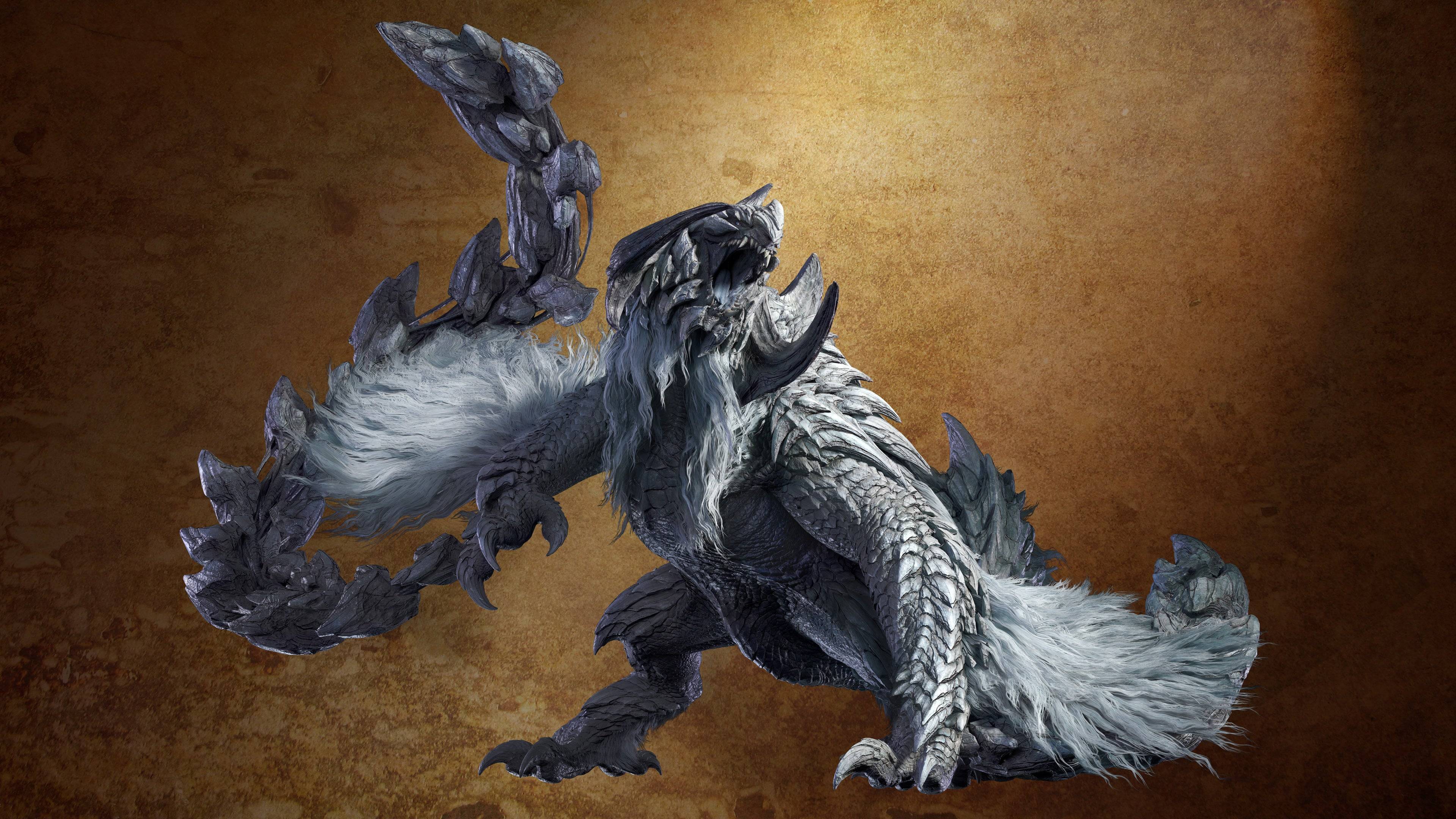
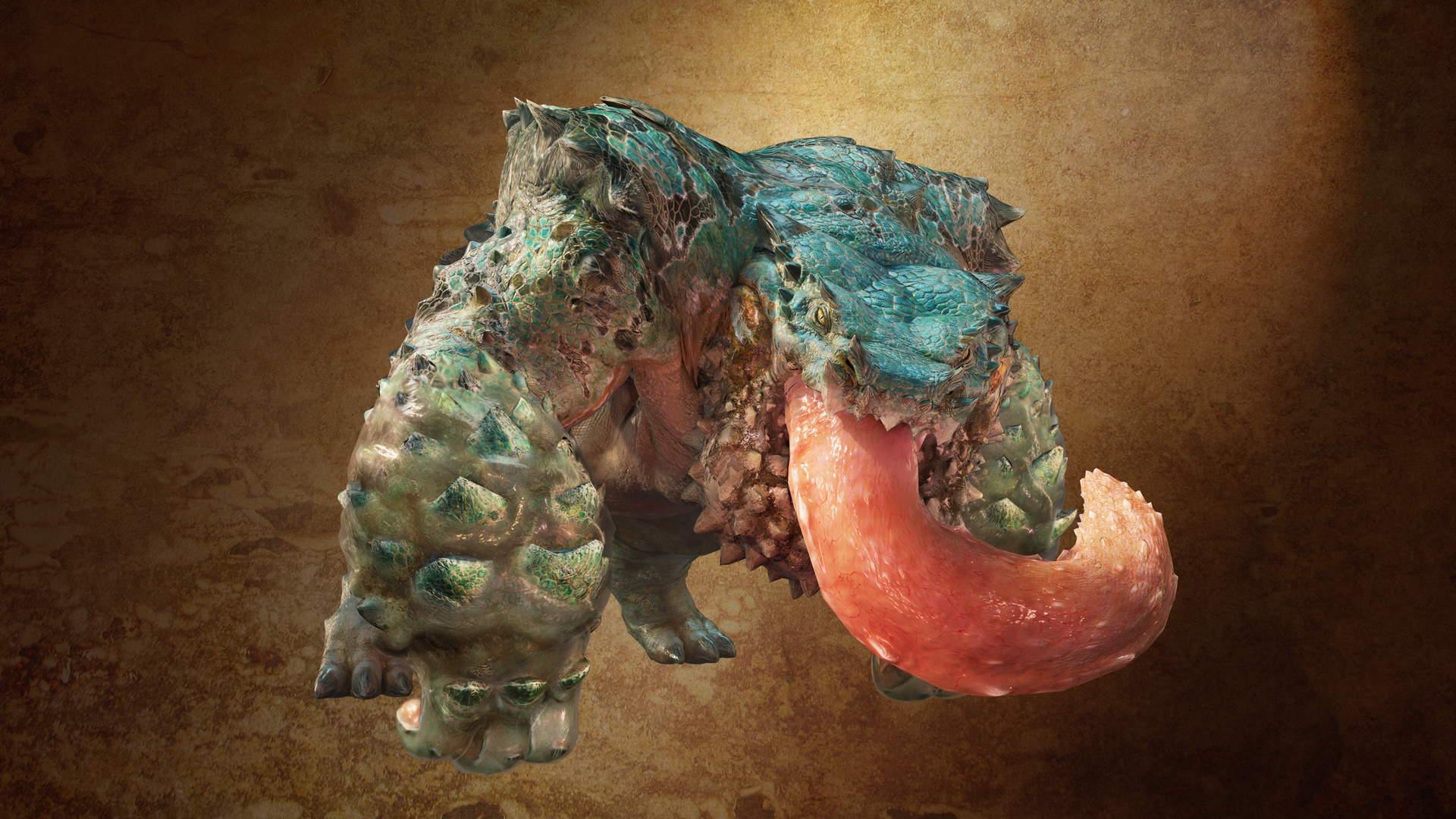 17 Images
17 Images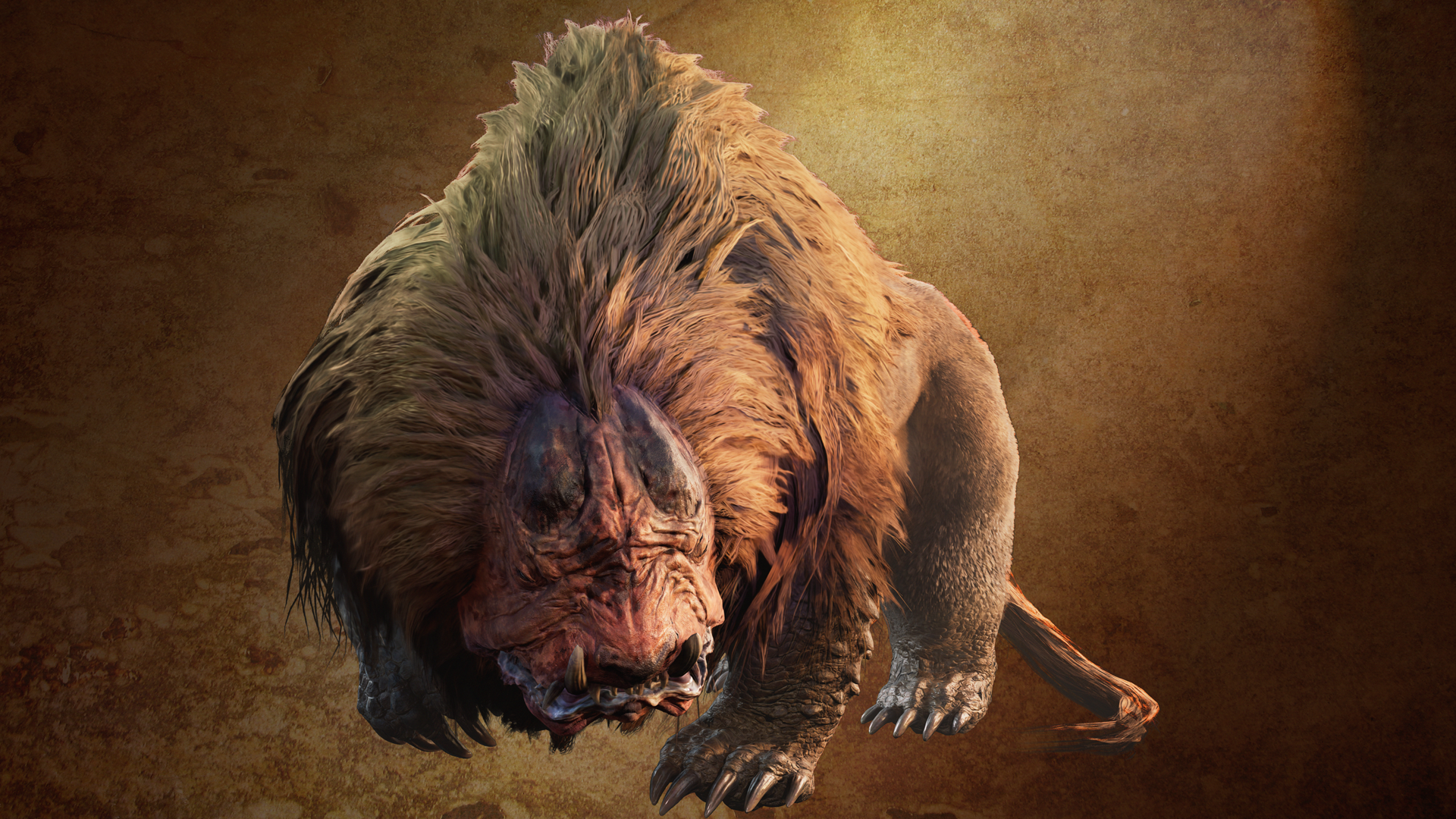
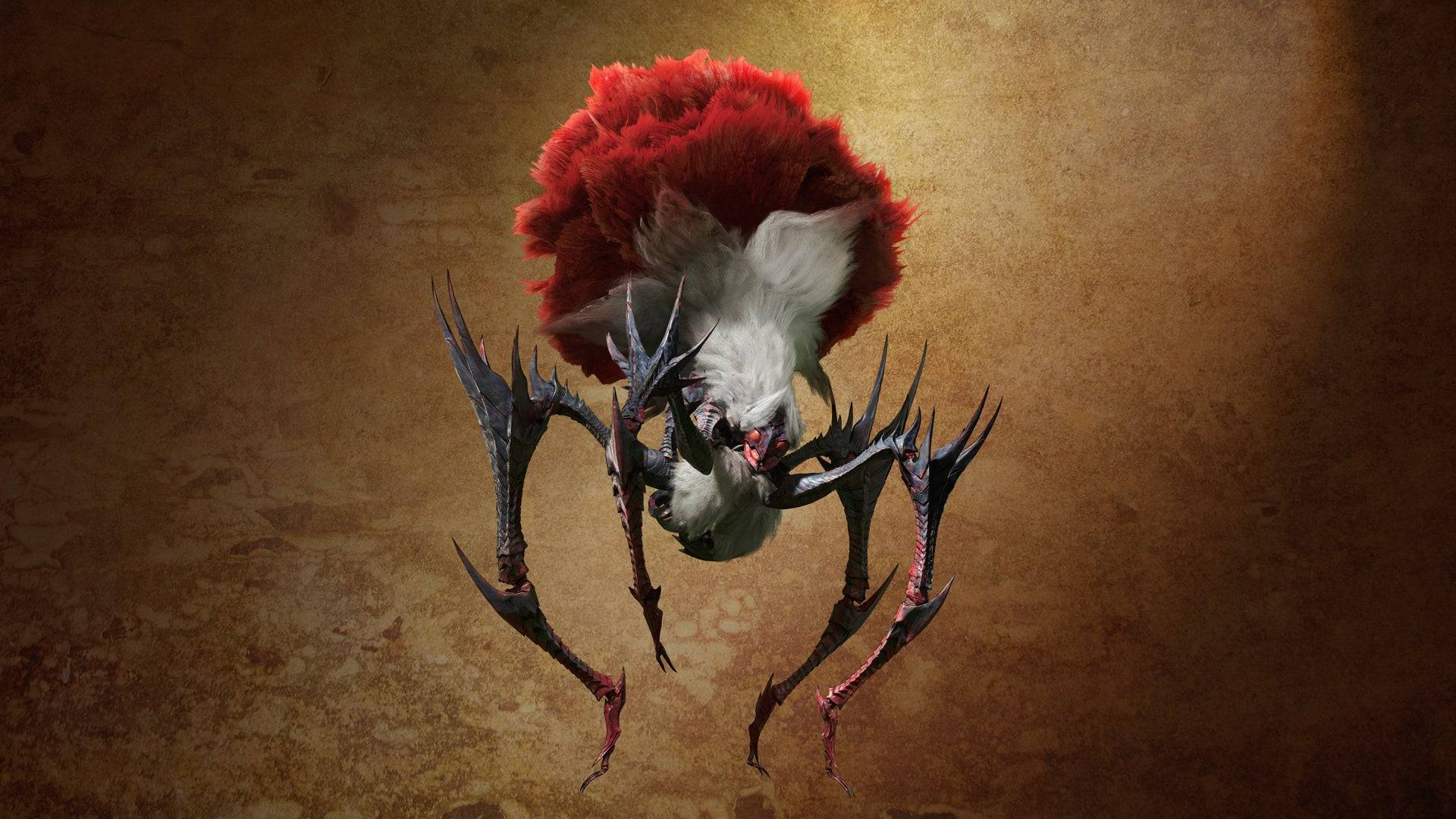
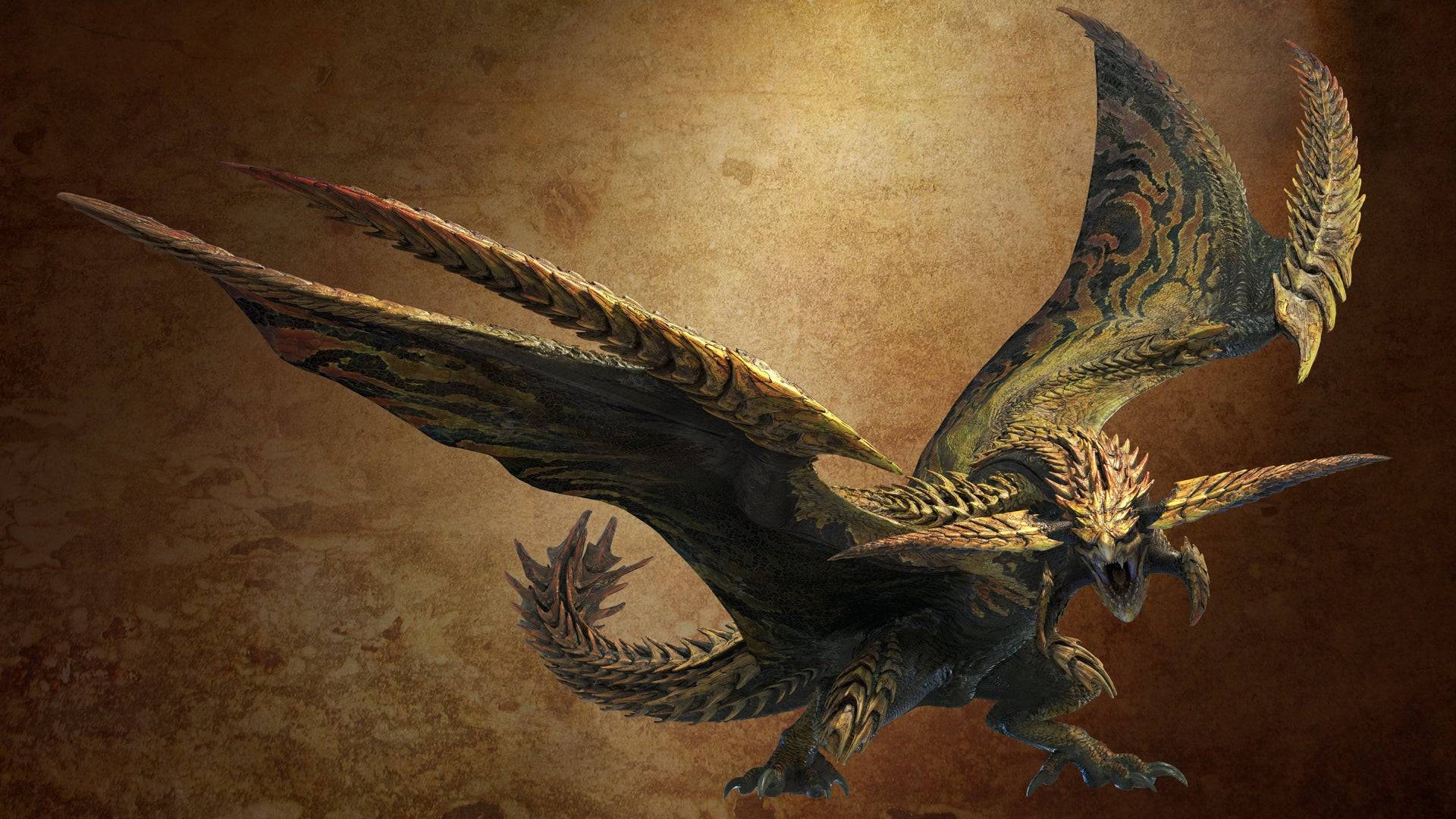
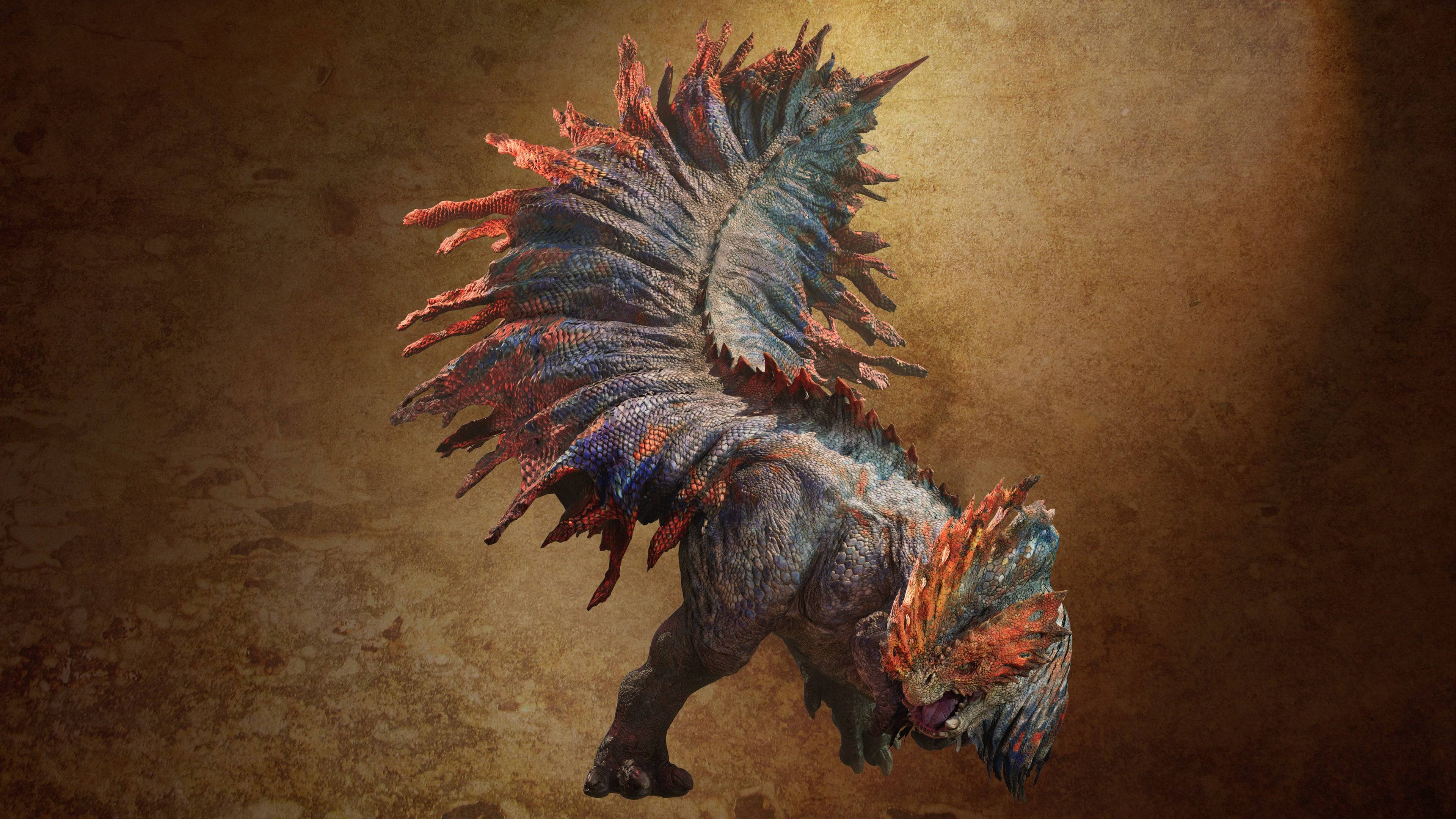
Gravios's appearance raises the question of Basarios's inclusion. Fujioka's response is simple: "Sorry, but Basarios will be taking this one off." The team carefully considers monster reappearances, ensuring their full potential is utilized. Many other monsters will also appear in the Oilwell Basin.
-
1
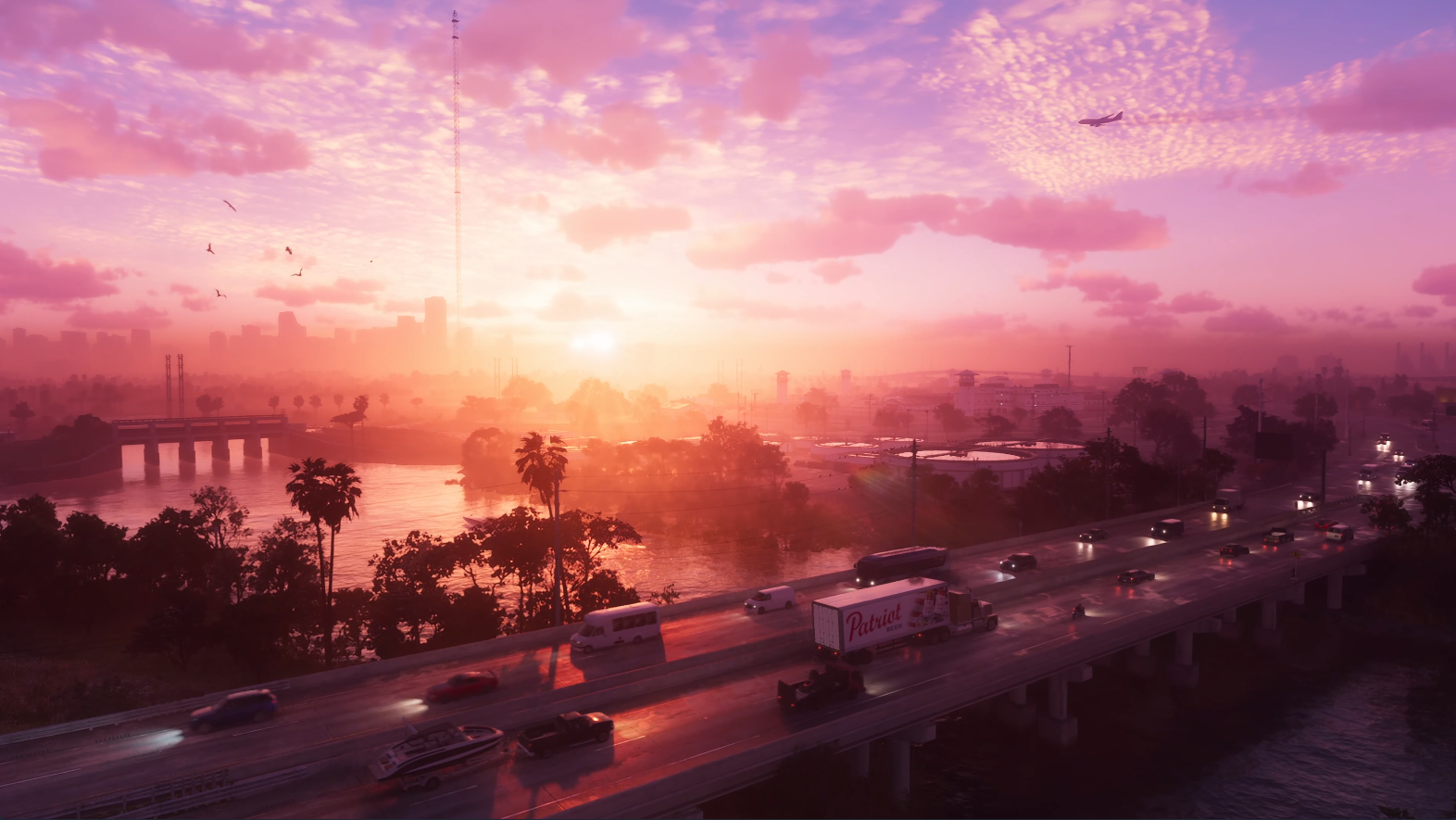
GTA 6 Set for Fall 2025 Release, CEO Confirms
Apr 03,2025
-
2
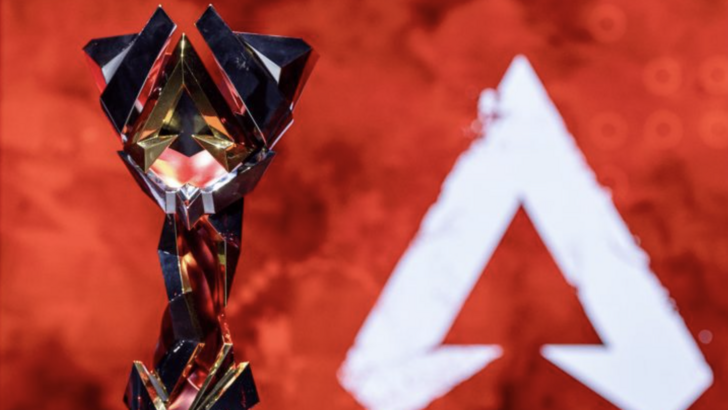
First ALGS in Asia Emerges in Japan
Jan 19,2025
-
3
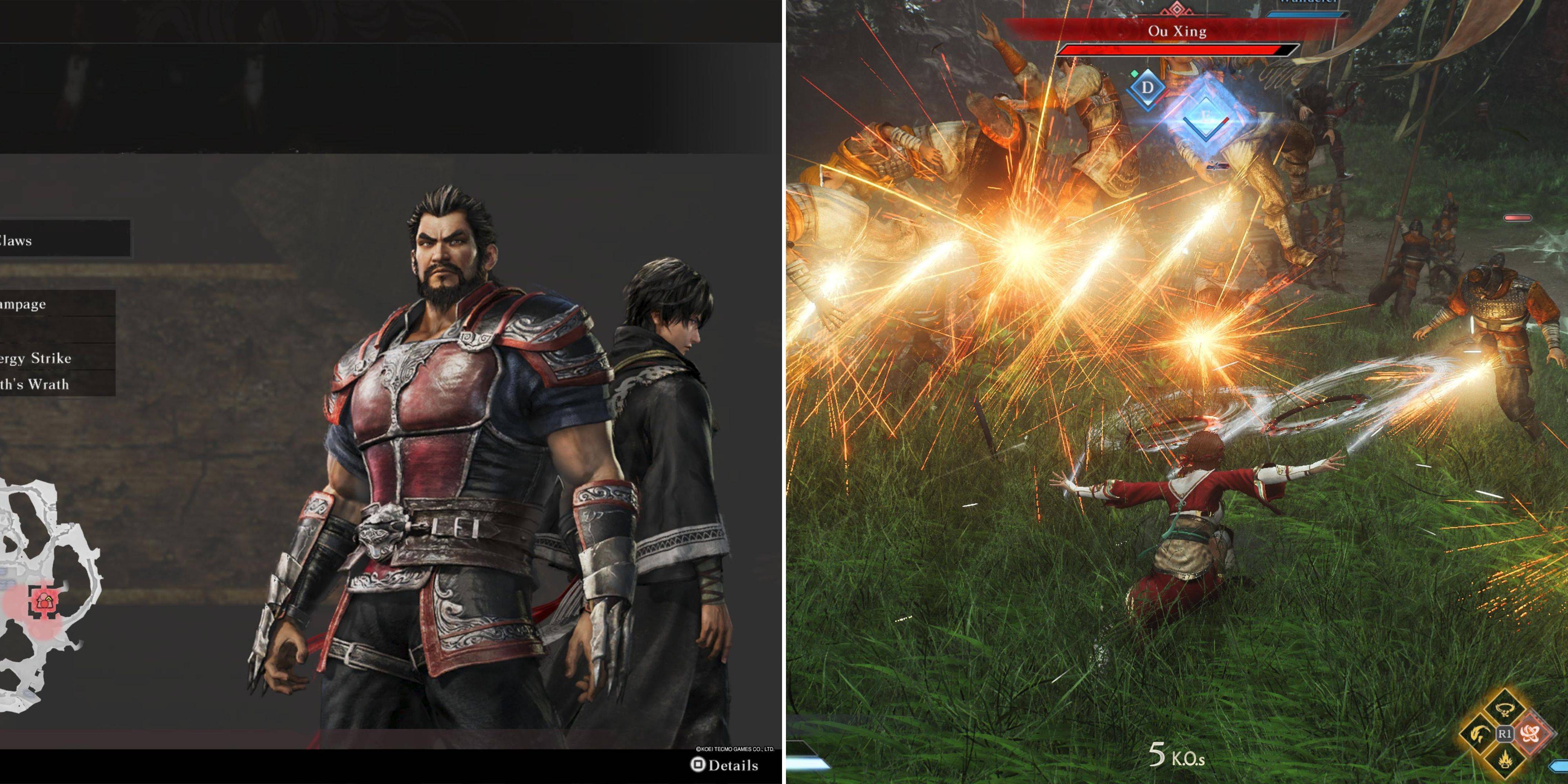
Introducing the Ultimate Guide to Seamless Character Swapping in Dynasty Warriors: Origins
Feb 25,2025
-
4
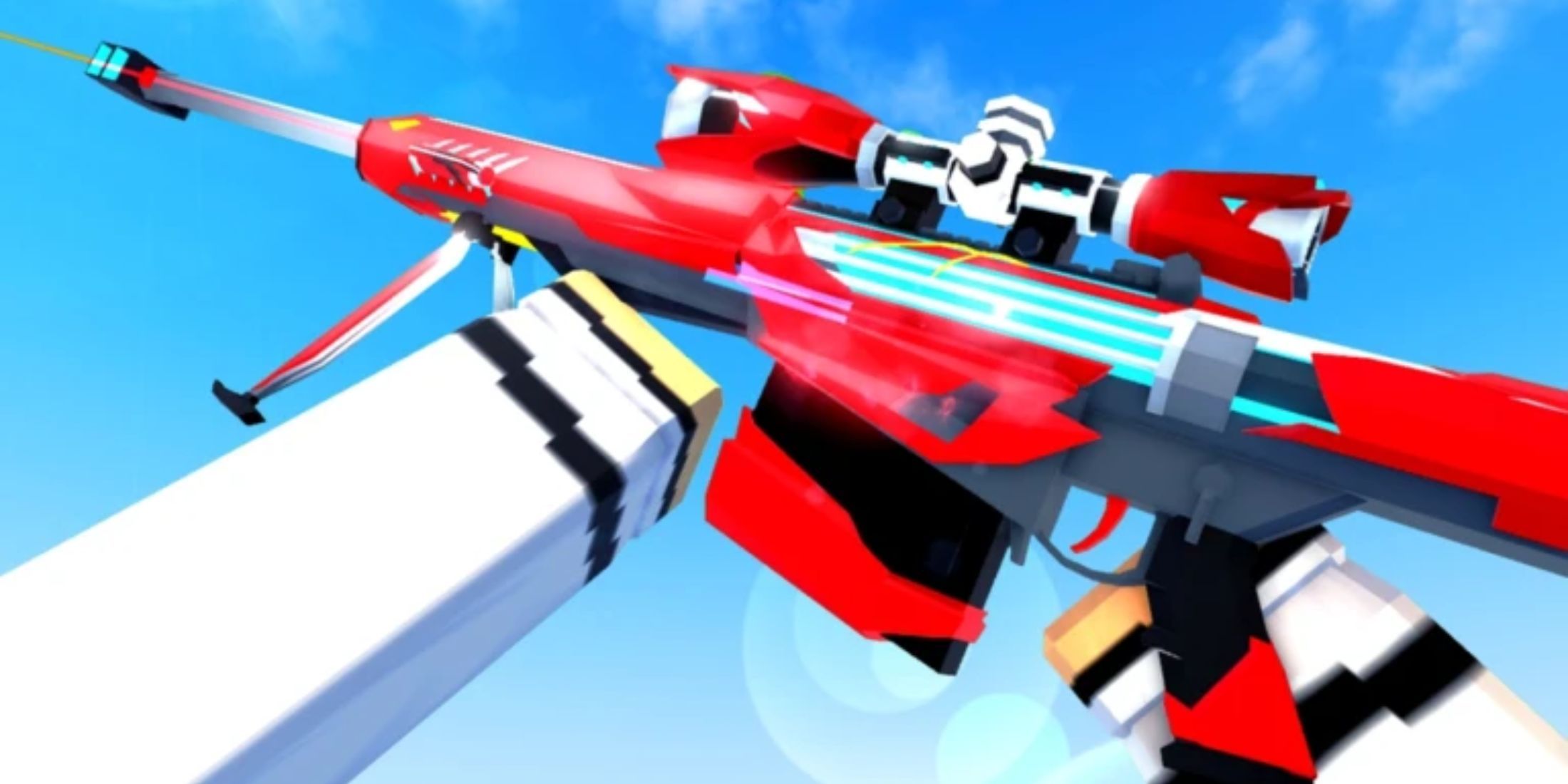
Roblox: CrossBlox Codes (January 2025)
Mar 04,2025
-
5
![Roblox Forsaken Characters Tier List [UPDATED] (2025)](https://img.jdzca.com/uploads/18/17380116246797f3e8a8a39.jpg)
Roblox Forsaken Characters Tier List [UPDATED] (2025)
Mar 05,2025
-
6
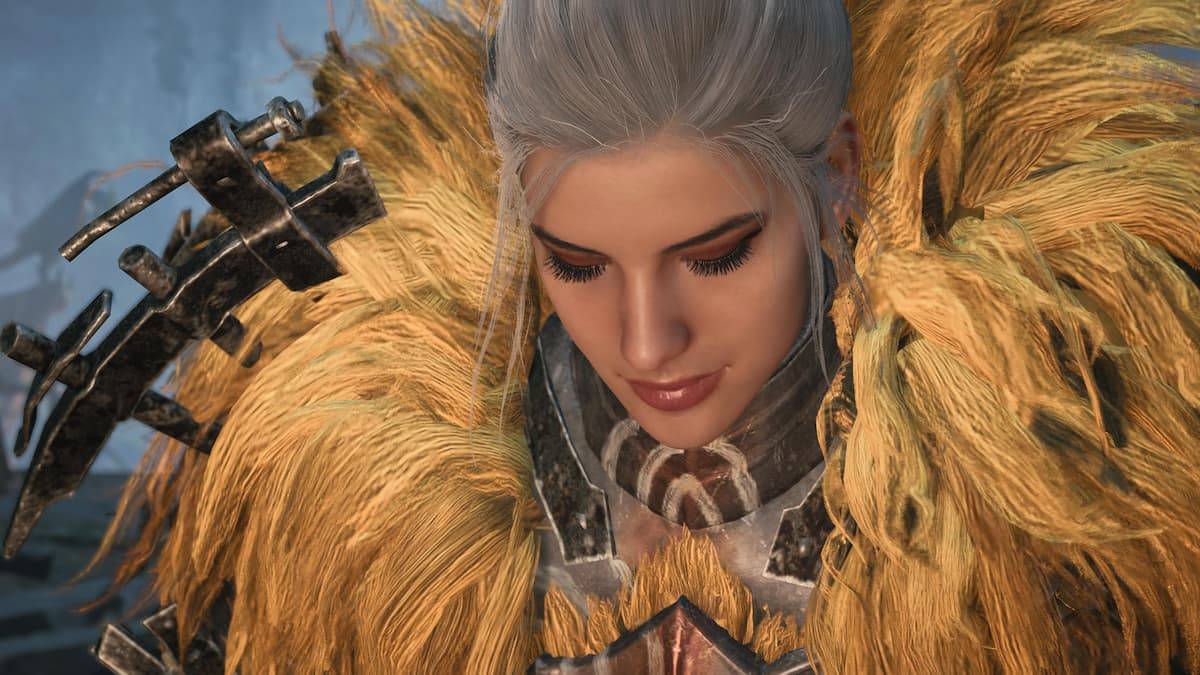
Max Hunter Rank in Monster Hunter Wilds: Tips to Increase
Apr 04,2025
-
7
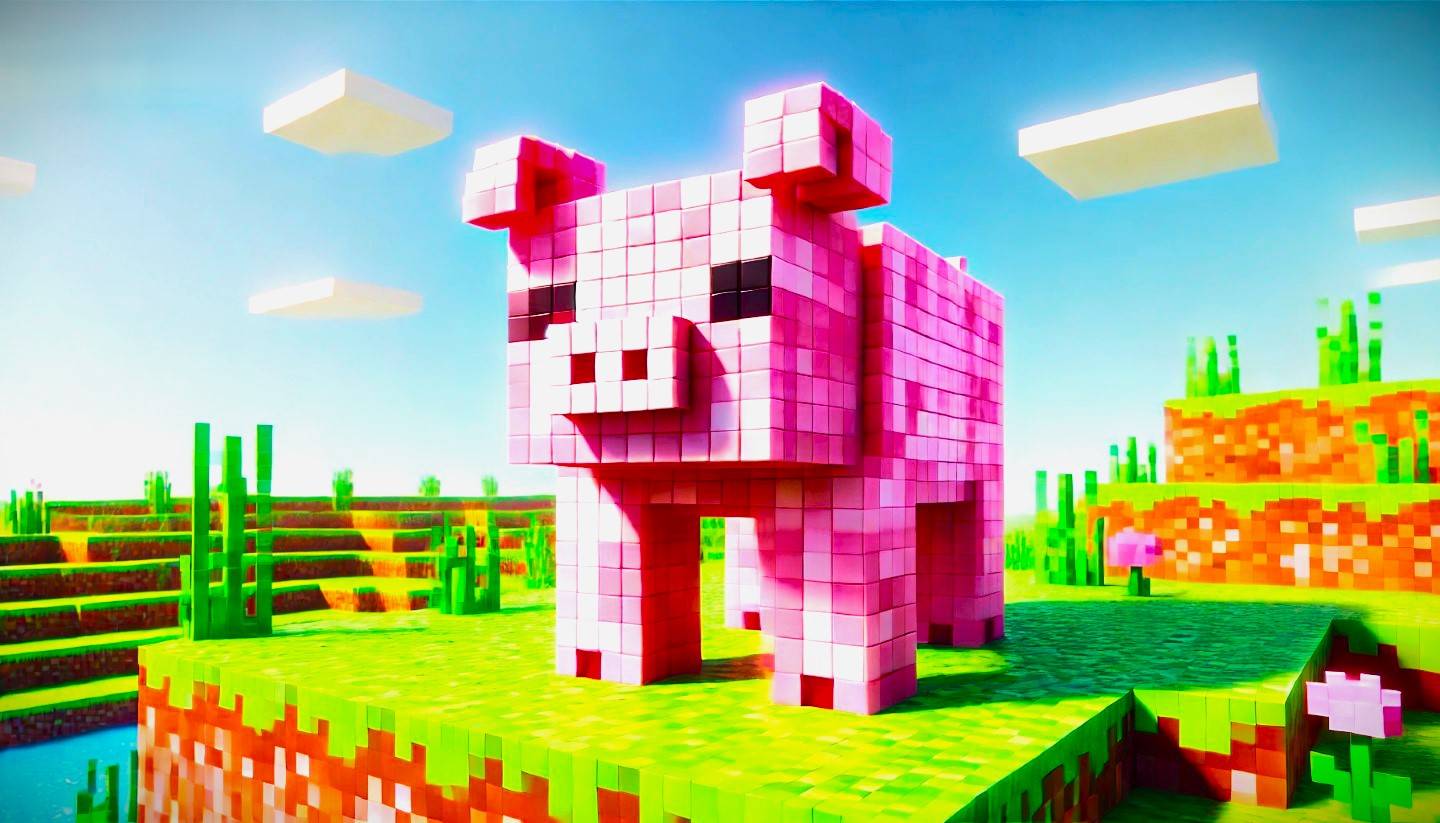
Cute mobs in Minecraft: pink pigs and why they are needed
Mar 06,2025
-
8
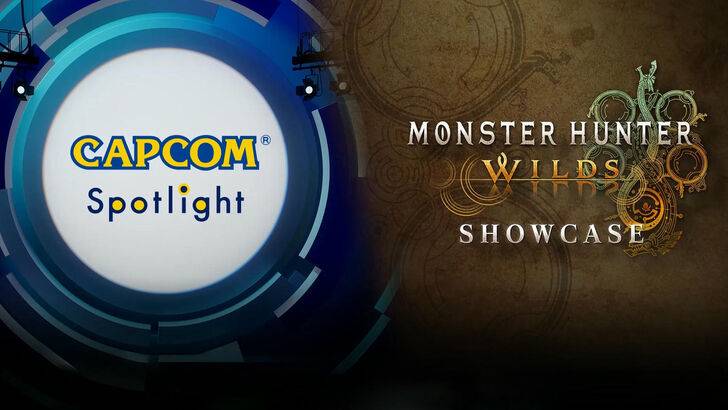
Capcom Spotlight Feb 2025 Showcases Monster Hunter Wilds, Onimusha and More
Apr 01,2025
-
9
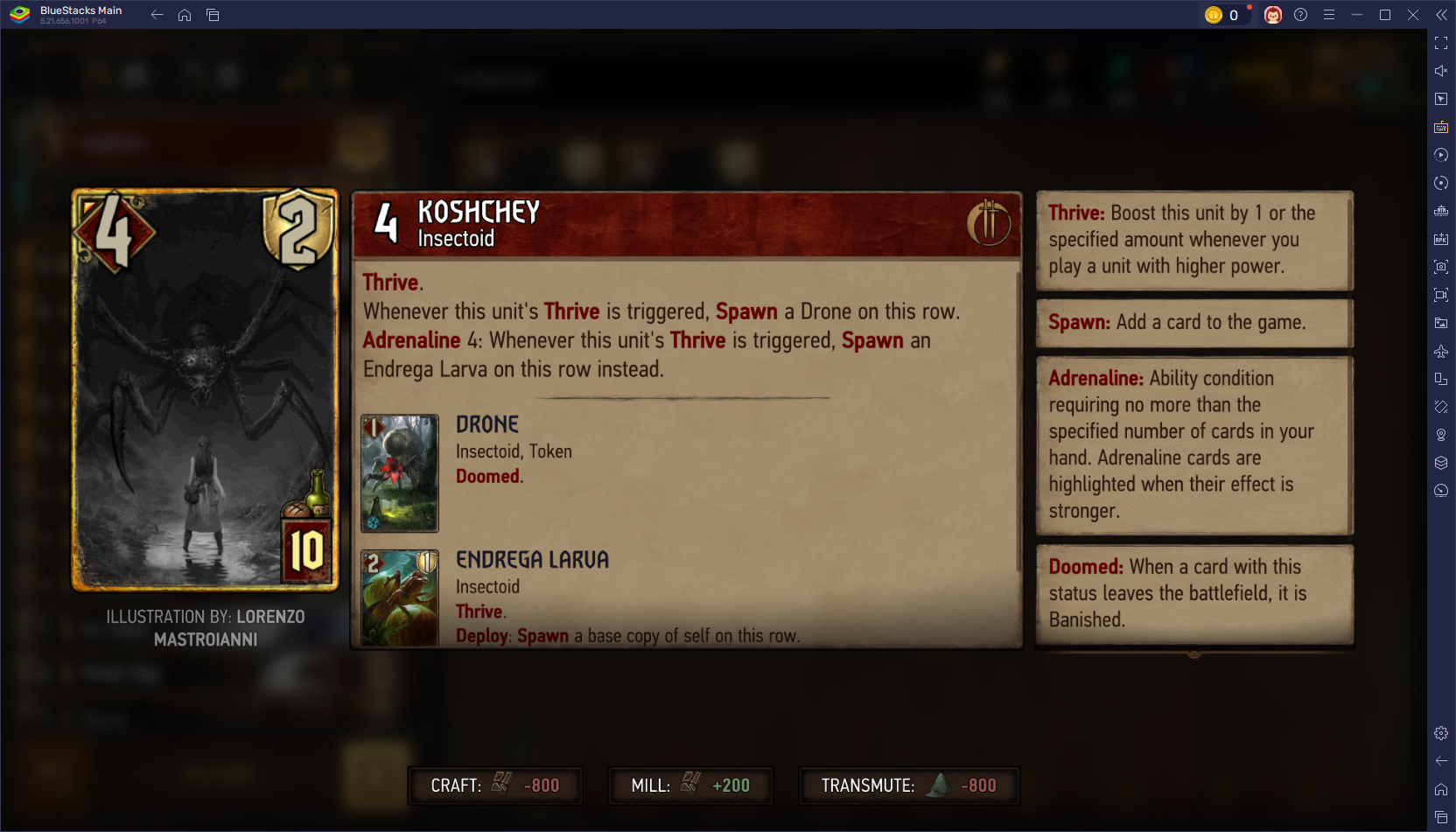
Gwent: Top 5 Witcher Decks (2025 Update)
Mar 13,2025
-
10
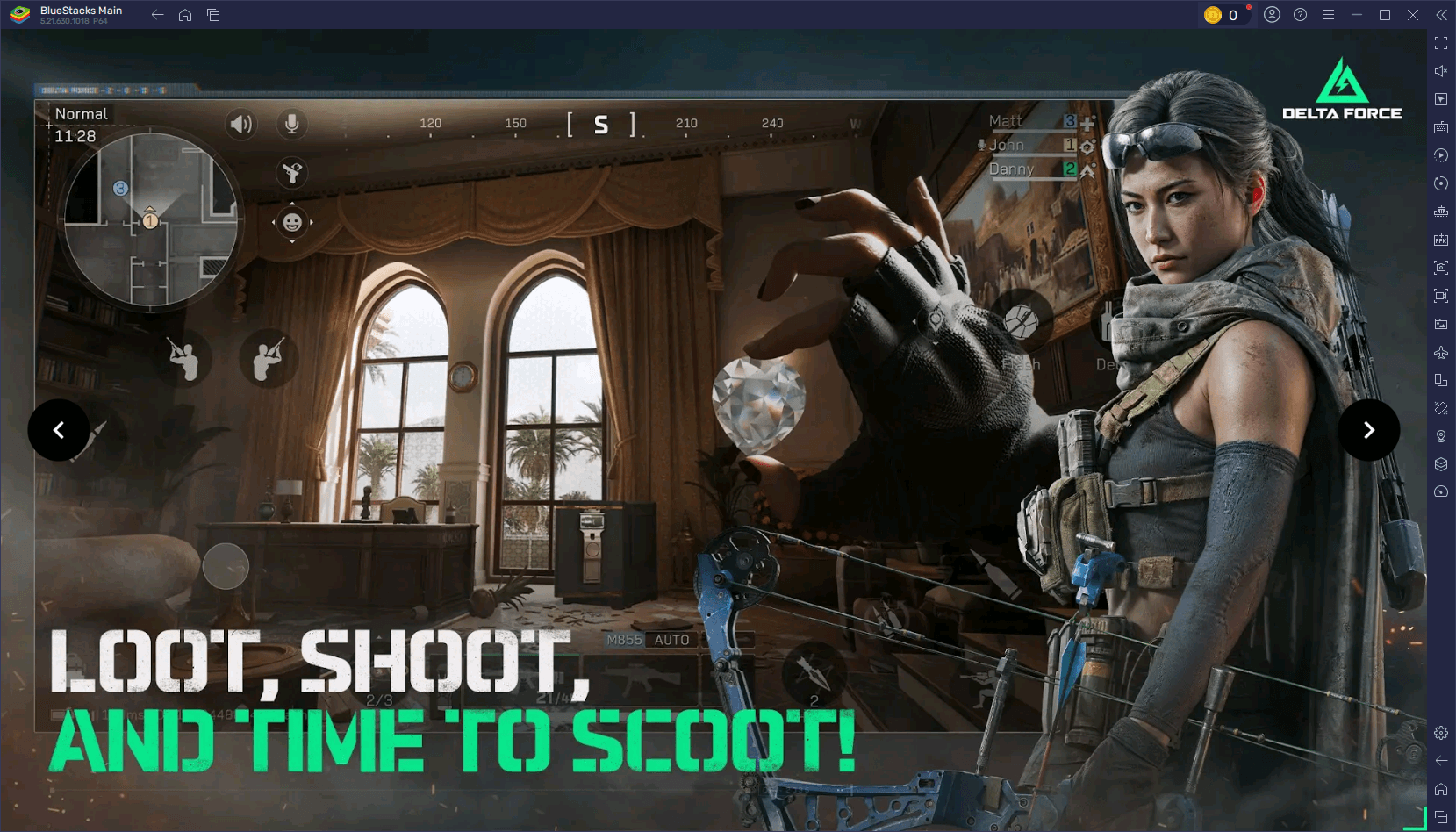
Delta Force Mobile: Beginner's Guide to Getting Started
Apr 23,2025
-
Download

Portrait Sketch
Photography / 37.12M
Update: Dec 17,2024
-
Download

Friendship with Benefits
Casual / 150.32M
Update: Dec 13,2024
-
Download
![[NSFW 18+] Sissy Trainer](https://img.jdzca.com/uploads/16/1719638919667f9b874d57e.png)
[NSFW 18+] Sissy Trainer
Casual / 36.00M
Update: Dec 11,2024
-
4
F.I.L.F. 2
-
5
슬롯 마카오 카지노 - 정말 재미나는 리얼 슬롯머신
-
6
Pocket Touch Simulation! for
-
7
Shuffles by Pinterest
-
8
Life with a College Girl
-
9
Chubby Story [v1.4.2] (Localizations)
-
10
Hunter Akuna

